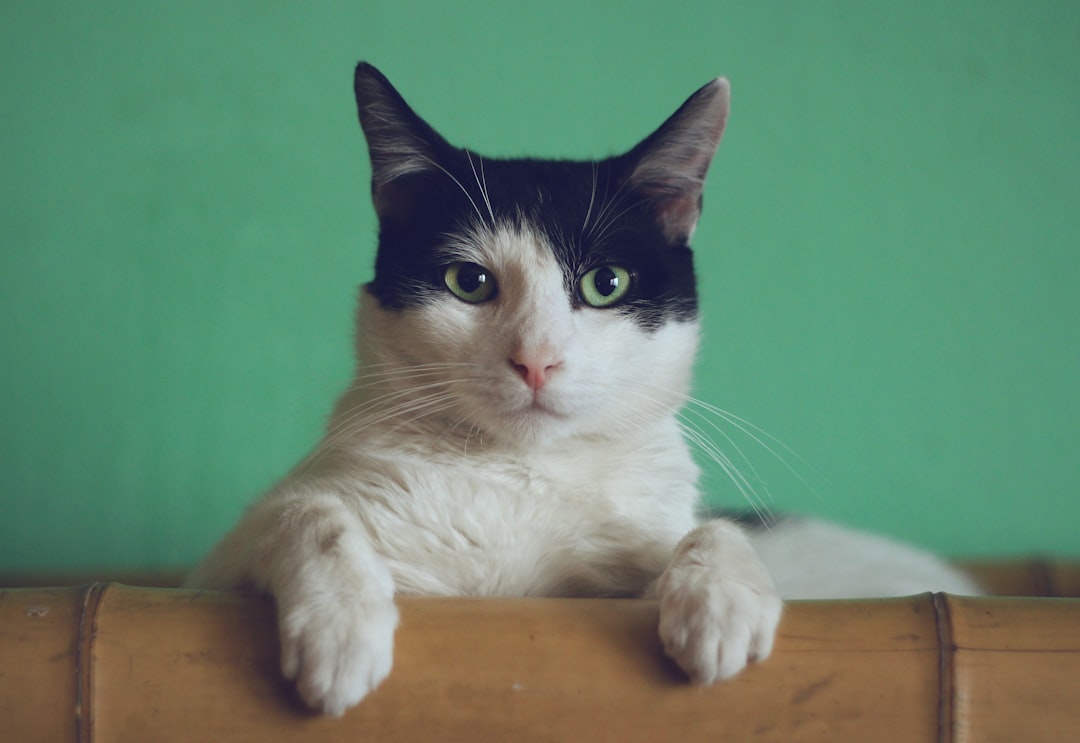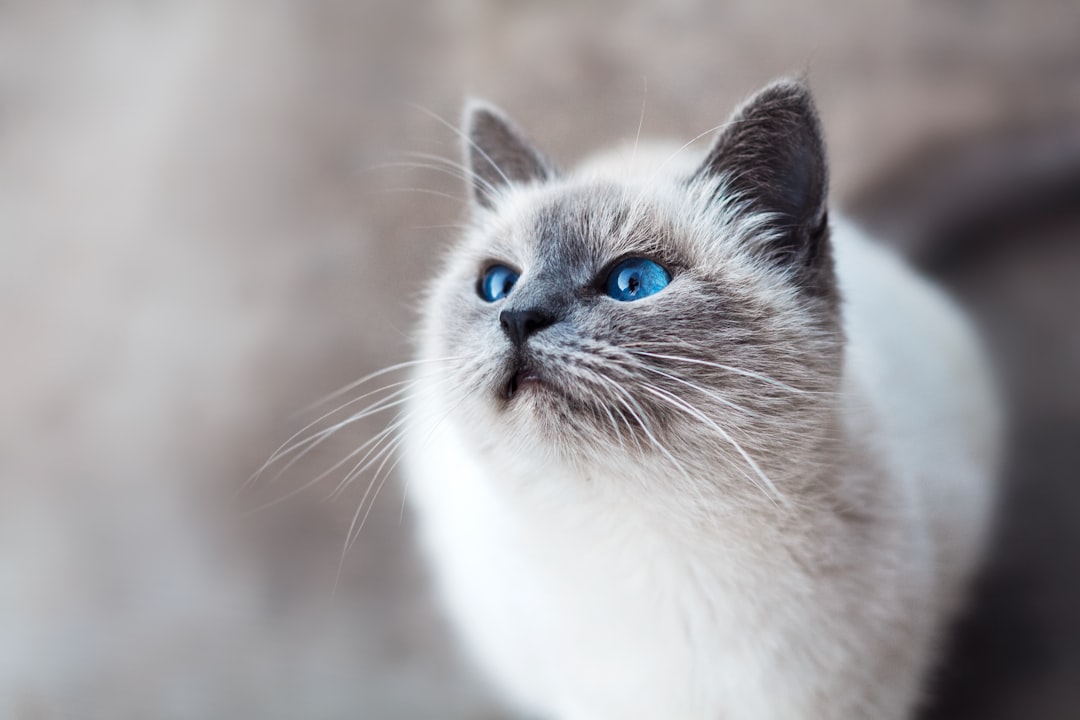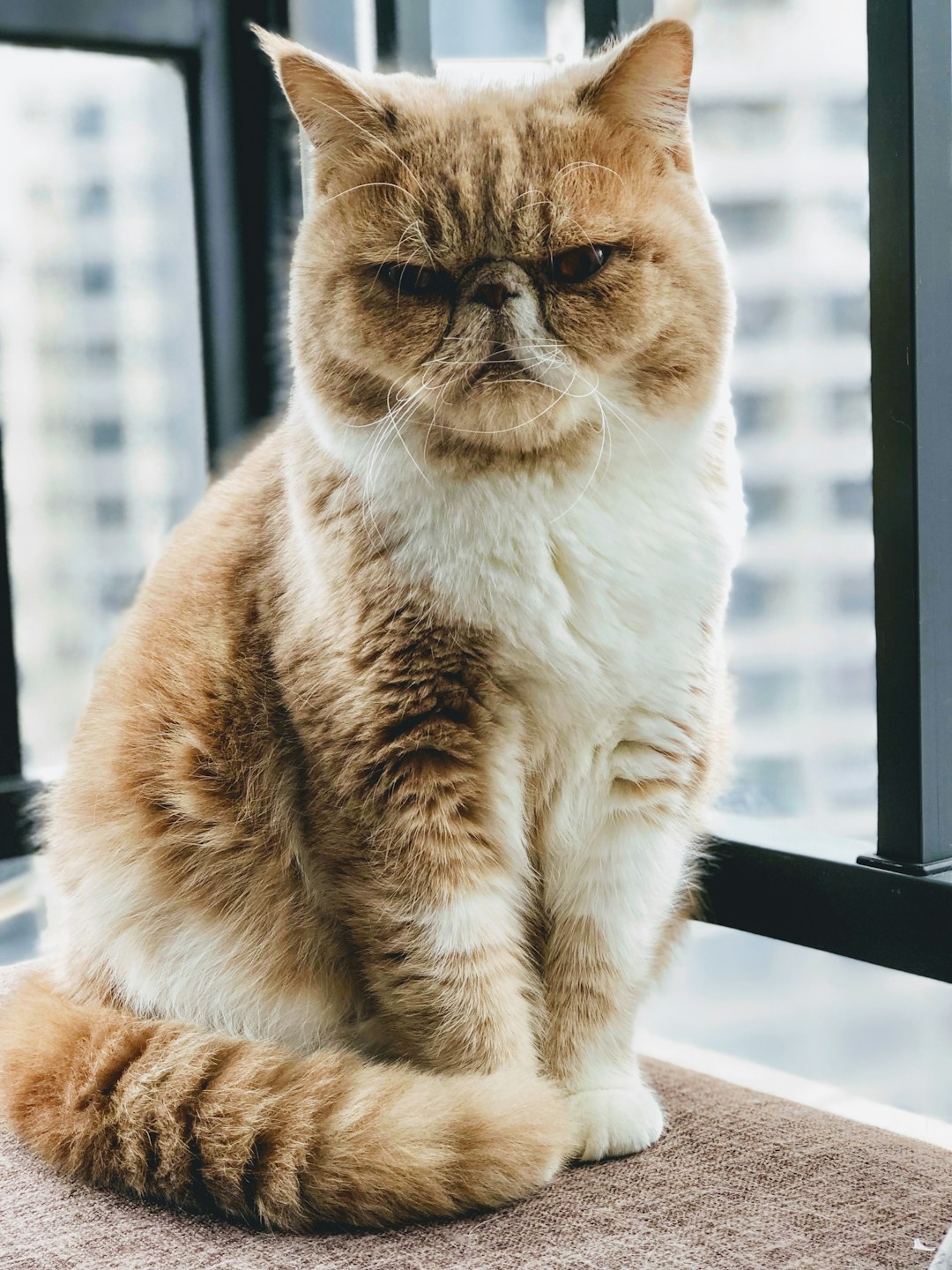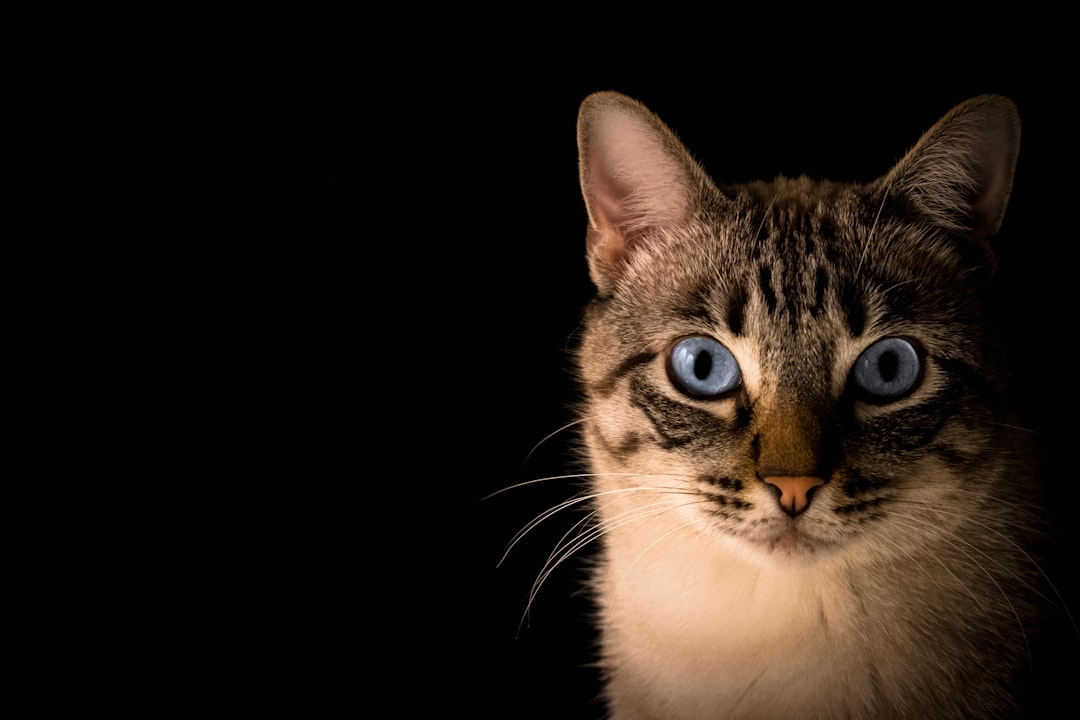If you’ve noticed your beloved feline is suddenly a cat not eating, it can be a cause for concern. Various factors may contribute to this behavior, ranging from health issues to environmental changes. A cat’s appetite can be significantly influenced by stress, dental health, or even personal food preferences. Understanding the underlying reasons for this change is crucial in addressing the problem effectively. In this blog post, we will explore the common causes and practical solutions to help your kitty regain their appetite.
Common Reasons Cats Stop Eating
If your cat is not eating, it can be concerning for any pet owner. Understanding the root causes is crucial in addressing the issue effectively. Here are some common reasons your cat might refuse food:
Illness: Underlying health conditions, such as kidney disease or gastrointestinal problems, can lead to decreased appetite.
Dental Issues: Painful teeth or gums can make eating uncomfortable, causing your cat to avoid food altogether.
Food Changes: A sudden switch in food brands or flavors might unsettle your cat’s taste preferences.
Environmental Stress: Changes in their surroundings, such as moving to a new home or the introduction of new pets, can impact your cat’s eating habits.
Age: Older cats may experience shifts in metabolism or health that affect their eating patterns.
Temperature: Cats may prefer food at certain temperatures. Cold, wet food might be unappealing, prompting them to decline meals.
If your cat is not eating, observe their behavior and consult a veterinarian if the issue persists. Identifying the cause early can lead to effective solutions.

Health Issues That Affect Appetite
When addressing why your cat is not eating, underlying health issues often play a significant role. Here are some common medical conditions that could lead to a decreased appetite:
Dental Problems:
- Tooth decay, gum disease, or broken teeth can cause pain when eating.
Gastrointestinal Issues:
- Conditions like inflammatory bowel disease or parasites can lead to nausea or discomfort.
Kidney Disease:
- This age-related condition often leads to a reduced desire for food in older cats.
Diabetes:
- Insulin deficiency can impact a cat’s appetite and energy levels, leading to significant changes in eating habits.
Hyperthyroidism:
- This condition causes an increased metabolism, which sometimes paradoxically leads to weight loss and a sudden lack of appetite.
Cancer:
- Tumors in the abdominal region or other parts of the body can affect eating.
If your cat is not eating, monitor other symptoms closely, such as weight loss or changes in litter box habits. This vigilance ensures that you can act swiftly, potentially saving your cat’s health.
Environmental Factors Impacting Eating Habits
When your cat is not eating, it’s crucial to examine the environment around them. Various external factors can influence a cat’s appetite and may require your attention:
- Noise Levels: Loud sounds, such as construction work or fireworks, can cause stress and make your cat anxious. A calm space is essential for comfortable dining.
- Temperature: Cats prefer a cozy environment. Extreme heat or cold may deter them from their food.
- Feeding Area: If the feeding area is too cluttered, too dark, or lacks privacy, your cat might avoid eating there. Ensure it’s a safe, quiet spot.
- New Additions: Introducing other pets or new people into the home can upset your cat’s routine, leading to reluctance to eat.
To help your cat that is not eating, consider creating a serene feeding environment. By minimizing disturbances and ensuring comfort, you can encourage better eating habits and enhance your feline’s overall well-being.
Stress and Behavioral Changes in Cats
Cats, like humans, can experience stress and behavioral changes that significantly impact their eating habits. When your cat is not eating, consider these factors:
Changes in Environment: Moving to a new home, rearranging furniture, or introducing new pets can unsettle your feline. These disruptions may lead to your cat not eating.
Routine Alterations: Cats thrive on routine. Sudden changes in feeding times or daily schedules can create anxiety, causing your cat not eating.
Emotional Distress: Grief from the loss of a companion, whether a pet or human, can lead to withdrawal and a lack of appetite.
Lack of Stimulation: Boredom from inadequate playtime or mental stimulation often results in stress, triggering a refusal to eat.
Here’s a comparison of stress factors and their impacts:
| Stress Factor | Impact on Eating |
|---|---|
| Changing Environment | Significant (high stress) |
| Altered Routine | Moderate (medium stress) |
| Emotional Distress | Significant (high stress) |
| Lack of Stimulation | Moderate (medium stress) |
To address the issue of your cat not eating due to stress, create a calming environment, maintain a routine, and provide engaging activities. Always monitor your cat’s behavior to identify underlying stresses.

Food Preferences and Sensitivities
Cats can be quite particular about their food. If your cat is not eating, it might simply be a matter of taste or sensitivity. Consider the following aspects regarding food preferences:
- Texture: Some cats prefer wet food while others favor dry kibble. A sudden change in texture might deter your cat from eating.
- Flavor: Cats often have favorite flavors, such as chicken, fish, or beef. If you switch brands or flavors, your cat might refuse to eat.
- Temperature: Cats may enjoy food at room temperature rather than cold from the fridge. Warmer food can be more appealing, especially for picky eaters.
Sensitivities to Ingredients
Allergies: Just like humans, cats can develop allergies or sensitivities to certain ingredients, leading to aversions. Common culprits include:
- Grains
- Dairy
- Specific proteins (e.g., beef or chicken)
Digestive Issues: If your cat is experiencing discomfort after meals, it may associate food with that discomfort, leading to your cat not eating.
To address these issues, experiment with different types of food while monitoring your cat’s response. This approach ensures you find an option that suits your feline friend’s preferences and sensitivities.
The Role of Dental Health
Dental health plays a crucial role in your cat’s appetite. When a cat is not eating, it could signal underlying oral issues that cause pain and discomfort. Here are some key points to consider:
Common Dental Problems:
- Gingivitis: Inflammation of the gums that makes chewing painful.
- Periodontal Disease: Advanced gum disease that can lead to tooth loss.
- Tooth Resorption: A painful condition where the body breaks down and absorbs the tooth structure.
Signs of Dental Issues:
- Bad breath
- Difficulty chewing or dropping food
- Swollen or bleeding gums
Importance of Regular Vet Check-ups:
- Regular dental check-ups can help identify problems early. If your cat is not eating, schedule a vet appointment to check for dental issues.
Prevention Tips:
- Brush your cat’s teeth regularly.
- Provide dental treats or toys that promote oral health.
Paying attention to your cat’s dental health can ensure they maintain a healthy appetite and avoid prolonged periods of cat not eating.
When to Consult a Veterinarian
If your cat is not eating, it’s crucial to monitor their behavior and overall health closely. While temporary changes in appetite can be normal, some situations require immediate veterinary attention. Here are key signs that indicate it’s time to consult a veterinarian:
- Duration of Anorexia: If your cat has not eaten for more than 24-48 hours, it’s time to seek professional help.
- Concurrent Symptoms: Look for signs like vomiting, diarrhea, lethargy, or weight loss alongside your cat not eating.
- Behavioral Changes: Sudden aggression, hiding, or excessive grooming can indicate distress or illness.
- Age Factor: Kittens and senior cats are more vulnerable. If they show an aversion to food, consult your vet sooner rather than later.
Comparative signs:
| Symptoms | At-Home Monitoring | Vet Consultation Needed |
|---|---|---|
| Not eating for 24 hours | Yes | Maybe |
| Vomiting | Yes | Yes |
| Lethargy | Monitor | Yes |
| Weight loss | Monitor | Yes |
Recognizing these signs promptly helps ensure your cat stays healthy. If your cat not eating persists or worsens, trust your instincts and reach out to a veterinarian for guidance.

Practical Solutions to Encourage Eating
If your cat is not eating, implementing practical solutions can help rekindle their appetite. Consider these effective strategies:
Experiment with Fresh Food:
- Try new flavors or types of food (wet vs. dry).
- Offer home-cooked options like boiled chicken or fish.
Enhance Appeal:
- Warm the food slightly to release enticing aromas.
- Mix in a little broth for extra flavor.
Improve Eating Environment:
- Ensure that their feeding area is quiet and free from stressors.
- Use shallow dishes, as deep bowls can be uncomfortable.
Regular Feeding Schedule:
- Establish a consistent feeding routine to foster security.
- Avoid leaving food out for long periods to encourage meal times.
Hydration Matters:
- Ensure your cat stays hydrated with fresh water and consider wet food to increase moisture intake.
Check for Dental Issues:
- Regularly inspect your cat’s mouth for signs of dental problems, which can inhibit eating.
By employing these strategies, you can encourage your cat to return to their regular eating habits. If your cat continues to refuse food, it’s essential to consult a veterinarian to identify any underlying issues related to your cat not eating.
Frequently Asked Questions
What are the common reasons why my cat may not be eating?
There can be several reasons why your cat is not eating, including illness, dental issues, stress, or a sudden change in their environment. Cats are known to be sensitive creatures, and any shift in their routine or home life can lead to a loss of appetite. Additionally, underlying health problems such as gastrointestinal disorders, kidney disease, or even minor infections might also cause them to refuse food. It’s important to monitor other behaviors in conjunction with their eating habits to identify the root cause.
How can I tell if my cat’s refusal to eat is serious?
Determining whether your cat’s refusal to eat is serious requires observing their overall well-being. If your cat skips meals for more than 24 hours, shows signs of lethargy, vomiting, diarrhea, or other unusual behaviors, it is essential to consult a veterinarian. Loss of appetite can lead to more severe health issues if not addressed, such as hepatic lipidosis, especially in overweight cats. Therefore, prompt assessment from a professional is crucial.
What should I do if my cat is stressed and not eating?
If you suspect that stress is causing your cat not to eat, it is important to create a calm environment. Start by identifying and minimizing the sources of stress, whether it’s loud noises, changes in household routine, or the presence of new pets. You can also try offering their favorite foods, using pheromone diffusers, or providing a safe space where they can retreat. If the stress continues or your cat still refuses to eat, seeking advice from a veterinarian or a pet behaviorist may be beneficial.
Are there any home remedies to encourage my cat to eat?
Yes, there are several home remedies that can encourage your cat to eat. One effective method is to warm their food slightly, as this can enhance its aroma and make it more appealing. You might also try mixing in a small amount of wet food with dry kibble or offering a variety of food options to stimulate interest. Additionally, hand-feeding or using interactive feeding toys can also entice your cat to eat by making mealtime more engaging and less stressful.



